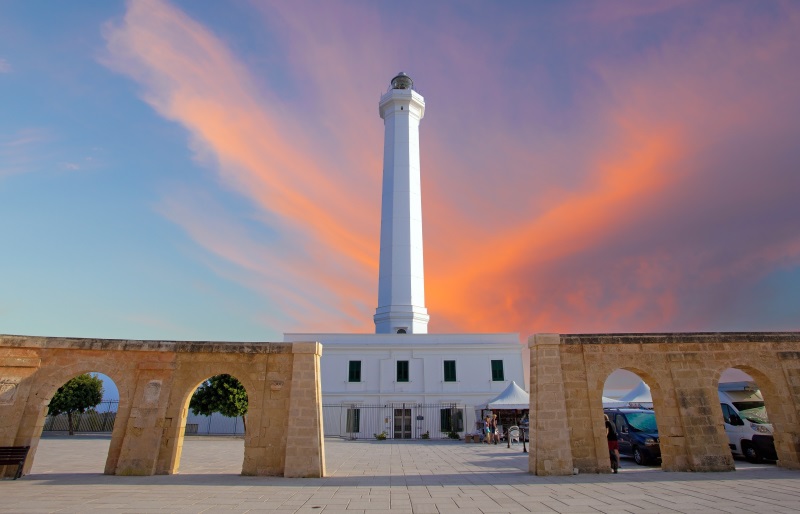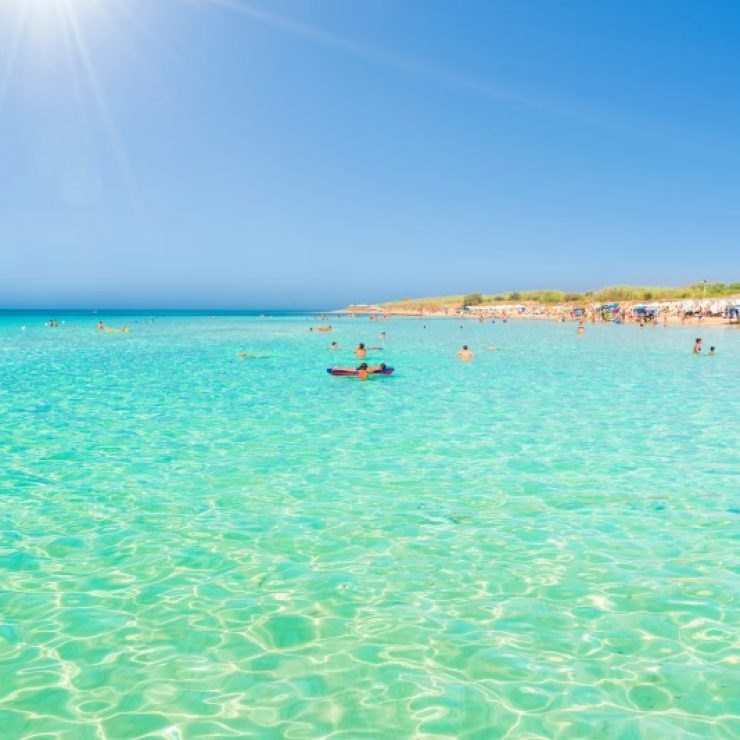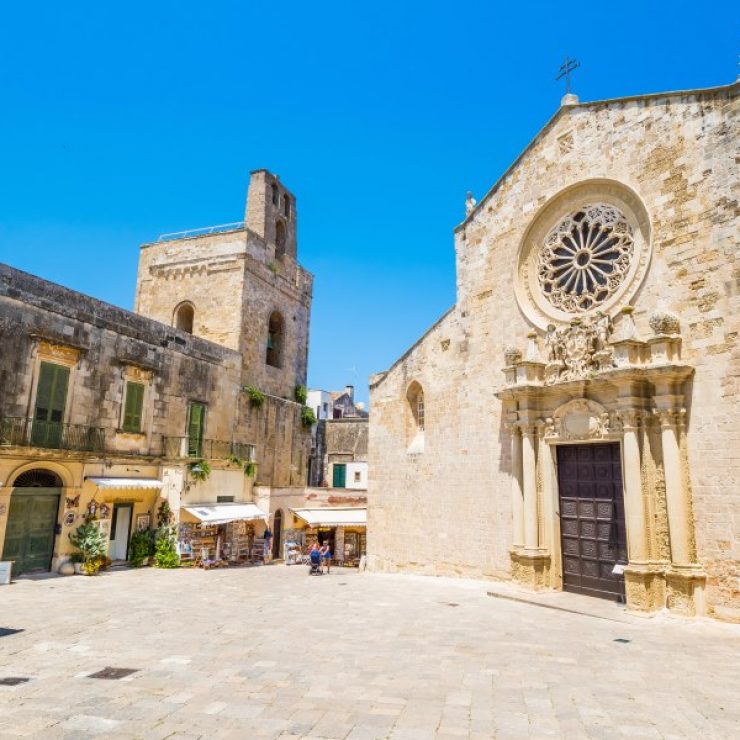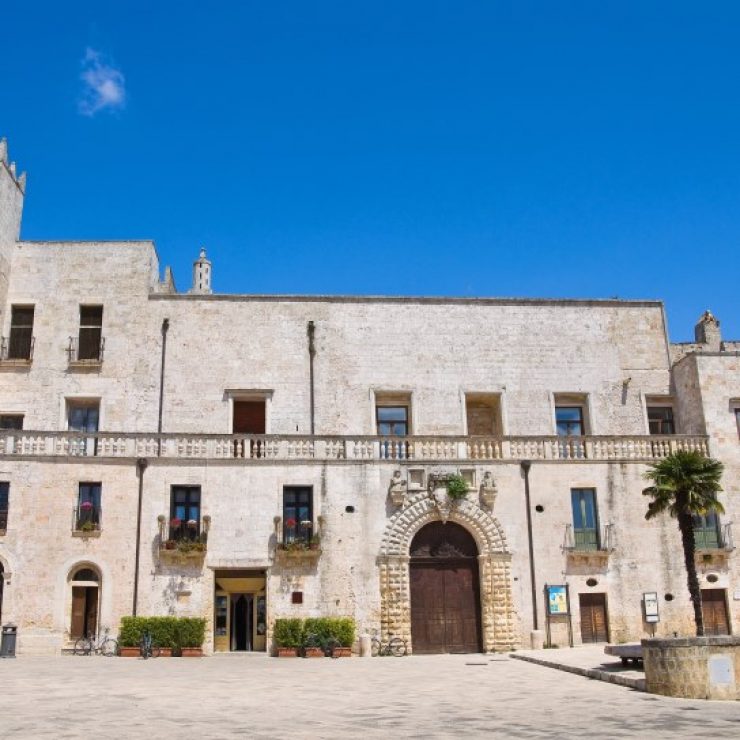Santa Maria di Leuca is a town in Salento also called De Finibus Terrae, because, according to the Romans, it indicated the southernmost point of their territories.
Located in the southern end of Italy, it is the perfect destination for all lovers of nature, culture and history.
But what are the five stops not to be missed? Let’s find out together!
The most beautiful naturalistic stages of Santa Maria di Leuca
Santa Maria di Leuca is able to give natural scenery worthy of the most beautiful postcards, starting from the monumental waterfall, as well as the final point of the Apulian Aqueduct, arrived in this place in 1939.
From this attraction, characterized by an immense staircase that connects the old port to the sanctuary, it is in fact possible to admire the entire promenade of Leuca and the huge expanse of sea. The staircase consists of two flights of stairs of 296 each and at their end there is a Roman column; the works of both works were commissioned by Benito Mussolini.
Heading towards the coast, it is impossible to miss the numerous caves, including the Dragon Cave, the Brigand’s Cave, the Lovers’ Cave, Lu Vangare and the Cave of the Well. They are all able to enchant visitors not only for the original conformations of the rocks, but also for the amazing chromatic shades of the waters and the legends that have made them famous.
For example, the Lovers’ Cave is said to bring good luck to all couples who visit it, but its name actually derives from a peculiarity visible only from the inside: if you look towards the outside, In fact, it is possible to identify two curves that make up the upper half of a heart.
The cultural heritage of Leuca
In the center of Leuca there is the Church of Cristo Re, a sacred building dating back to 1935.
On the facade there is a large rose window, while on the outside walls are clearly visible the Carparo walls in Gothic and Romanesque style.
Inside is very interesting mosaic floor completed in 1934, while on the windows of the naves are clearly visible coats of arms and the names of the noble families who partecipated in the construction of the place.
Another church of particular importance is the sanctuary of Santa Maria De Finibus Terrae, built between 1720 and 1755 at the behest of Monsignor Giannelli, who wanted to honor the Madonna di Leuca that, according to an ancient popular belief, In the fourth century he would save some fishermen during a storm.
In the inner part of the building there are six side altars surmounted by some frescoes, including the Madonna con Bambino made by the Younger Jacopo Palma located on the high altar.
Equally beautiful are the organ of 1885, and the Ara a Minerva, a huge monolithic boulder witness to the pagan cult.
Of the boulder it is said that Saint Peter, during his journey to Rome, stopped in Leuca and after his visit to a temple dedicated to the goddess Minerva, he was transformed into a Christian site.
In addition, in the square in front of the basilica, there is a museum that houses works by contemporary artists and a monumental cross built in 1921 with four inscriptions.
On the avenue that leads to the church is finally located the Pietrina Cross, a cross to remember the passage of Saint Peter.
The villas of Leuca: a timeless architectural wealth
As for the civil buildings, are worthy of mention the different nineteenth-century villas made in different styles and that still represent a remarkable typicality of the marina, including Villa Episcopo, Villa La Meridiana and Villa Mellacqua.
However, we must keep in mind that only a few residences have retained their original appearance, because during the Second World War they suffered damage and had to be restored.
At one time these houses were composed of numerous rooms, a garden in the back, a park in the front, a stable for horses, a well to collect drinking water, a shed for carriages, a private chapel and a bagnarola.
The bagnarola is a typical construction in wood or stone that once had the task of hiding from prying eyes the rich ladies who bathed during the hot season.
Each bagnarola also belonged to a villa, with equal colors and style.







